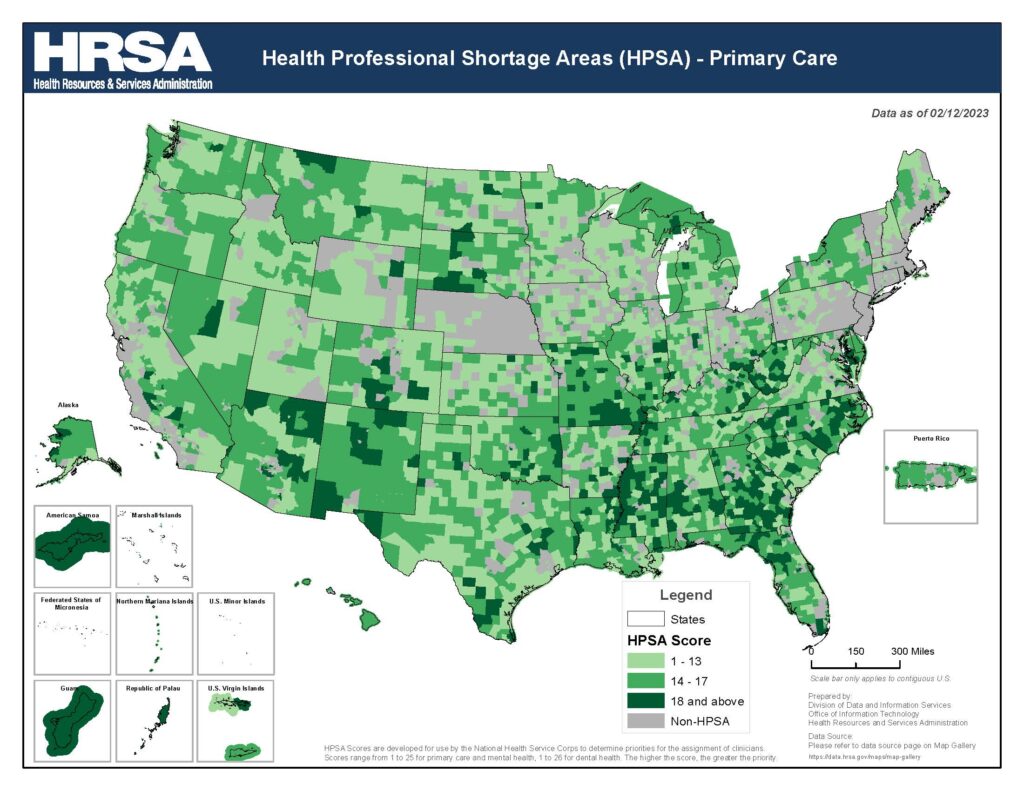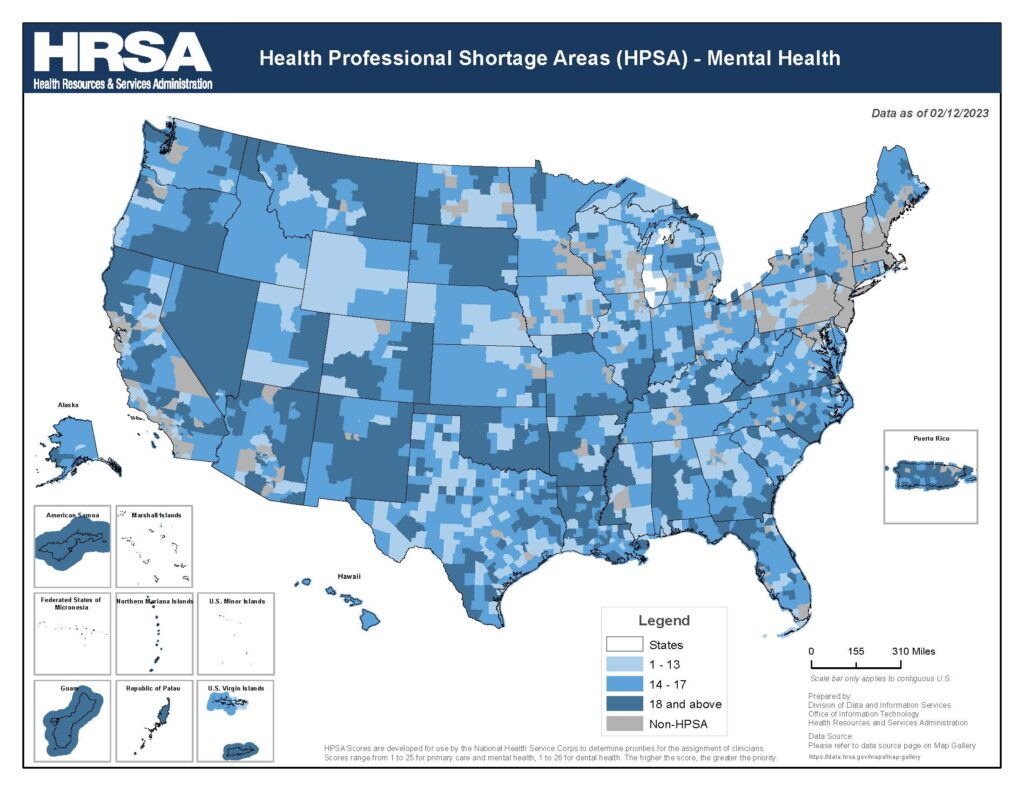Background on Formation and Activities of the Rural Affairs Caucus 2021 to the present
Based on the Rural Caucus of LWV-NY, HCR4US invited League members from around the country to enable resource sharing, consultation, and collaboration among Leagues and League members in rural areas. It aims to encourage the formation of MAL Units and League Chapters in rural areas to increase the League’s advocacy and education outreach, and also focus the attention of state Leagues on the needs of residents of rural areas.
According to the US census, as of 2020, 97% of the U.S. land area is classified as rural but is home to only 20% of the population. [reference] Further, since the population is by definition sparse and spread out, it wields less power in our government and other infrastructure. For example, in a profit-first system of health care, this means that very little investment is made outside the 3% of the country, where 80% of the population live, as can be seen in the following “health care desert maps” from the Health Resources and Service Administration (https://data.hrsa.gov/ ).


In a situation of scarce resources governed by market forces, this pattern of distribution would make some sense. It is understandable that car dealerships or specialty grocery stores do not choose to locate themselves in areas where market research says they cannot profit. This skewed pattern also makes sense to those who reap the profits generated from the status quo. However, it leaves the majority of the country–including a significant minority of its residents–without essential medical services. Indeed, since business formally entered the US health care system through the HMO (Health Maintenance Organization) Act of 1973, resources have been slowly, but consistently withdrawn, as seen from the 1000 rural hospitals closed since 1975.
One obvious response for areas with no commercial basis for health care is to withdraw resources from them. Unfortunately, that endangers the health of 66 million people (20% of 330million inhabitants as of 2022), left without essential services. Furthermore, if medical services are absent in a region, then it will be difficult to choose to live in desirable, but under-serviced areas, and in a vicious circle, their population will decline even more. Thus, rural populations and those who champion the wellbeing of rural areas must explore non-commercial alternatives for both community and individual health services.
Those are among the goals of the LWV Rural Affairs Caucus. The form to express interest can be accessed here: Rural Affairs Caucus Interest form. For more information, contact the RAC leader, Kathleen Stein at this email: lwv.rac@gmail.com.
Resources:
https://www.rd.usda.gov/about-rd/offices/rural-development-innovation-center
https://www.rd.usda.gov/newsroom/news-release/usda-establish-new-program-support-rural-health-care (April2022–from ARPact.
A brief overview of rural health issues discussed here is found in the Feb 2023 HCR4US Newsletter.


